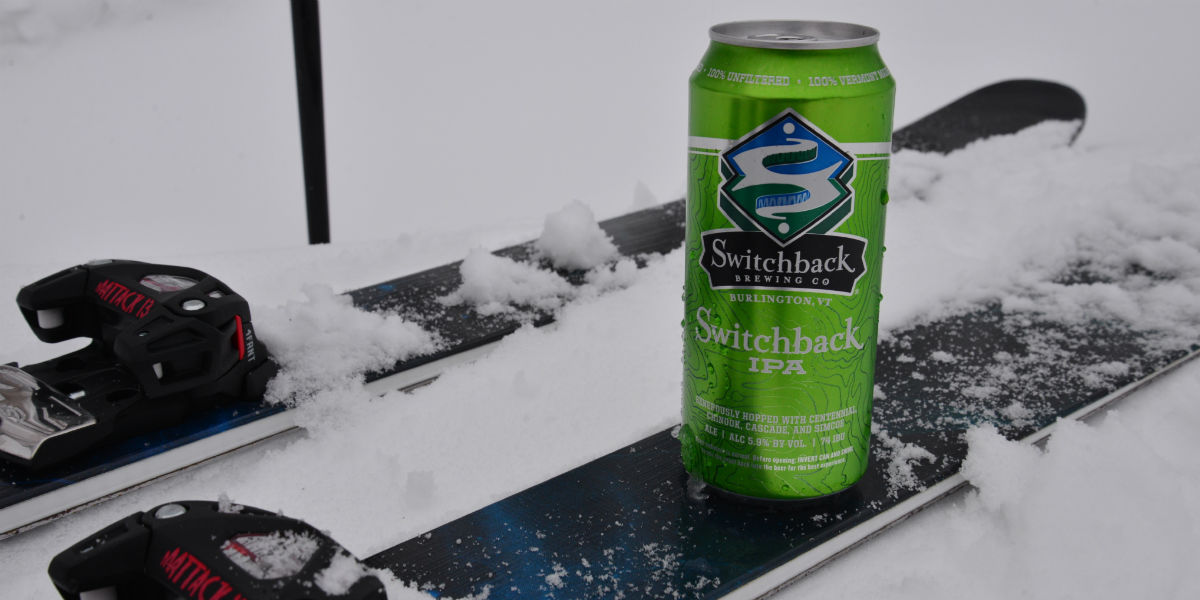
When I first started brewing beer at home, I didn’t think much about how to store hops. I assumed they’d last as long as the other ingredients and could be thrown into a drawer or tucked away in a cupboard. It wasn’t until I brewed a batch that turned out flat and stale that I realized the importance of proper hop storage. If you want to keep your hops fresh and potent, it’s essential to know how to store hops properly. Proper storage can make the difference between a well-balanced, aromatic beer and one that’s dull or off-putting.
Hops are a vital part of many craft beer recipes. They contribute not only bitterness but also the distinct aromas and flavors that define a beer’s character. Whether you’re brewing an IPA, pale ale, or even a lager, hops are a critical ingredient that needs careful handling. Over time, I’ve learned a lot about the best ways to store hops to preserve their quality. So, let’s dive into the methods I use and recommend when it comes to how to store hops properly.
Why Proper Hop Storage Is Crucial
If you’ve ever opened a bag of hops and found that the familiar bright aroma was missing, you’ve likely encountered the effects of improper storage. Hops contain delicate essential oils that contribute to the complex flavors and aromas in beer. These oils, including alpha acids (responsible for bitterness) and various aromatic oils (responsible for the beer’s aroma), are volatile. When exposed to air, light, or heat, these compounds break down, and your hops lose their potency. This deterioration can result in stale, flat-tasting beer.
Knowing how to store hops properly is essential to maintaining their freshness. After all, you want your beer to have the vibrant hop aroma and flavor that makes it special. In addition to improving your beer’s taste, proper hop storage also helps to extend the life of your hops, making them available for future brewing projects.
How to Store Hops: General Guidelines
There are a few key principles I follow whenever I store hops. Understanding these basics can go a long way in keeping your hops fresh and ready for use.
1. Keep Your Hops in a Cool, Dark Place
The first thing to remember is that heat is a major enemy of hops. When hops are exposed to high temperatures, the essential oils in them begin to break down, leading to loss of aroma and flavor. Therefore, keeping your hops in a cool place is one of the most important steps when figuring out how to store hops.
The best temperature for hop storage is between 32°F (0°C) and 50°F (10°C). This is why many brewers, including myself, store hops in the refrigerator. The consistent, cool temperature keeps them at their best and prevents the oils from deteriorating. For those with larger amounts of hops or more storage space, a dedicated hop freezer can be an even better option.
In addition to keeping hops cool, it’s equally important to protect them from light. UV rays from the sun can degrade the oils in hops, so it’s crucial to store them in a place where they aren’t exposed to direct light. This is why I use opaque bags or dark containers to store my hops.
2. Reduce Oxygen Exposure
One of the biggest threats to hop quality is oxygen. Exposure to air can cause hops to oxidize, resulting in off-flavors, such as cardboard or stale notes. For this reason, minimizing oxygen exposure is vital when learning how to store hops.
Vacuum-sealing hops is one of the best methods to reduce oxygen exposure. By removing the air from the bag or container, you ensure that the hops remain fresh for a much longer period. I’ve found that using vacuum-sealed bags helps preserve the hops’ oils, making them more potent when it comes time to brew. If you don’t have access to a vacuum sealer, airtight bags or containers can also do the job, though they won’t be as effective at eliminating oxygen entirely.
3. Freezing Hops for Long-Term Storage
If you’re planning on storing hops for an extended period, freezing them is the best option. Freezing helps to lock in the freshness, preserving the aromatic oils and bitterness. For many homebrewers like me, freezing is an ideal way to store hops that will be used in the future but not immediately.
Before freezing hops, it’s important to make sure they’re properly dried. Any residual moisture can cause the hops to lose quality or even develop mold in the freezer. I always ensure that my hops are completely dry before freezing them.
It’s also important to use small portions when freezing hops. If you freeze a large bag and open it repeatedly, you’ll expose the hops to air and moisture each time, reducing their freshness. I recommend splitting your hops into smaller portions before freezing them. This way, you only open what you need without compromising the rest.
4. Whole Hops vs. Pellet Hops: Storage Differences
When considering how to store hops, it’s worth noting that whole hops and pellet hops have slightly different storage needs. Whole hops are larger, less processed, and generally retain their freshness for a longer period than pellet hops. However, they’re bulkier and more difficult to store in small quantities. Whole hops are ideal for long-term storage, especially when stored in vacuum-sealed bags.
Pellet hops, on the other hand, are more compact and easier to store in smaller amounts. However, they are more susceptible to oxidation. For pellet hops, I always store them in vacuum-sealed bags or airtight containers to limit exposure to air. If you’re not using your pellet hops within a few months, freezing them is the best choice.
5. Storing Hop Extracts
Another option for brewers looking for a more convenient way to add hop character to their beer is hop extracts. These concentrated versions of hop oils have a longer shelf life than whole or pellet hops. Even though they are more stable than traditional hops, it’s still important to store hop extracts properly to preserve their quality.
Hop extracts should be stored in a cool, dark place, ideally in the fridge. Keeping them sealed tightly in airtight containers or dark bottles will protect them from exposure to light and air, ensuring their potency remains intact. If you’re storing hop extracts for a long period, you may want to consider freezing them, as freezing can further extend their shelf life.
Signs Your Hops Are Past Their Prime
Even with the best storage practices, hops won’t last forever. It’s important to recognize the signs that your hops are no longer fresh and might not be suitable for brewing.
- Loss of Aroma: One of the most noticeable signs that your hops have gone bad is the absence of their characteristic aroma. Fresh hops should smell bright, piney, floral, or citrusy, depending on the variety. If they have a stale or musty smell, it’s time to toss them out.
- Color Changes: If your hops have changed color—turning from a vibrant green to a dull brown or yellow—it’s likely that their essential oils have degraded.
- Oxidation Flavors: If you detect a papery, cardboard-like flavor when you smell or taste your hops, this is a clear indication that they’ve oxidized and are no longer fresh.
Conclusion
Knowing how to store hops is crucial for any craft brewer looking to produce quality beer. With the proper techniques in place, such as keeping hops cool, minimizing oxygen exposure, and freezing for long-term storage, you can preserve the delicate flavors and aromas that hops provide. Understanding these storage principles will not only help extend the shelf life of your hops but also ensure that each batch of beer you brew is as fresh and flavorful as possible. Whether you’re storing whole hops, pellets, or extracts, following these simple steps will go a long way in maintaining the freshness of your hops and the quality of your craft beer.




